Duong Lam ancient village
Duong Lam Ancient Village is an ancient village with many unique cultural features. To this day, the village still retains the basic characteristics of an ancient village in the North with banyan trees, water wharf, communal yard, temple and shrine… It can be said that the artistic value here has made for Duong Lam has become a highlight when traveling to Hanoi.
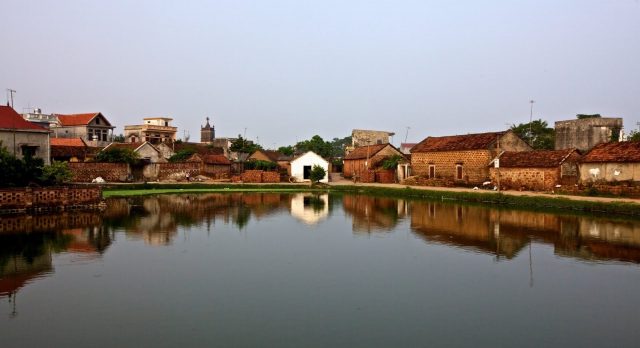
Duong Lam ancient village is located 44 km west of Hanoi city center, in Son Tay town, Hanoi. Although often called an ancient village, in fact, Duong Lam from the past consisted of 9 villages belonging to Cam Gia Thinh canton, Phuc Tho district, Son Tay town, in which 5 villages of Mong Phu, Dong Sang, Cam Thinh, Doai Giap and Cam Lam were adjacent to each other. . These villages are linked together into a unified whole with customs, practices and beliefs that have remained unchanged for thousands of years. This place is also known as the land of two kings because it is the birthplace of Phung Hung and Ngo Quyen.
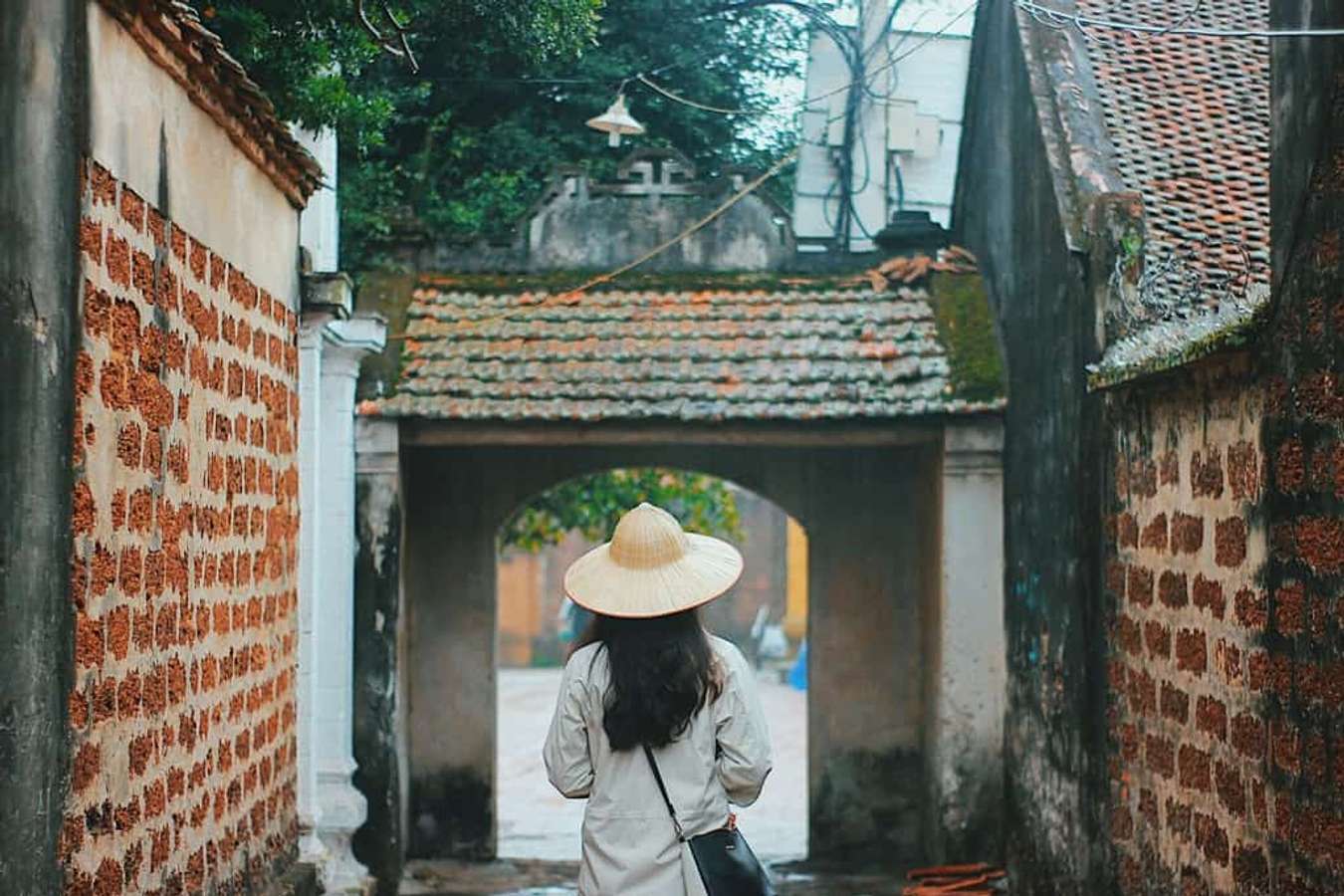
The first is the gate of Mong Phu village built in 1833 with arch architecture and laterite layer next to a 300-year-old banyan tree creating a really peaceful and ancient landscape. This village is called laterite village. Wherever you go, you can see houses built with this stone.
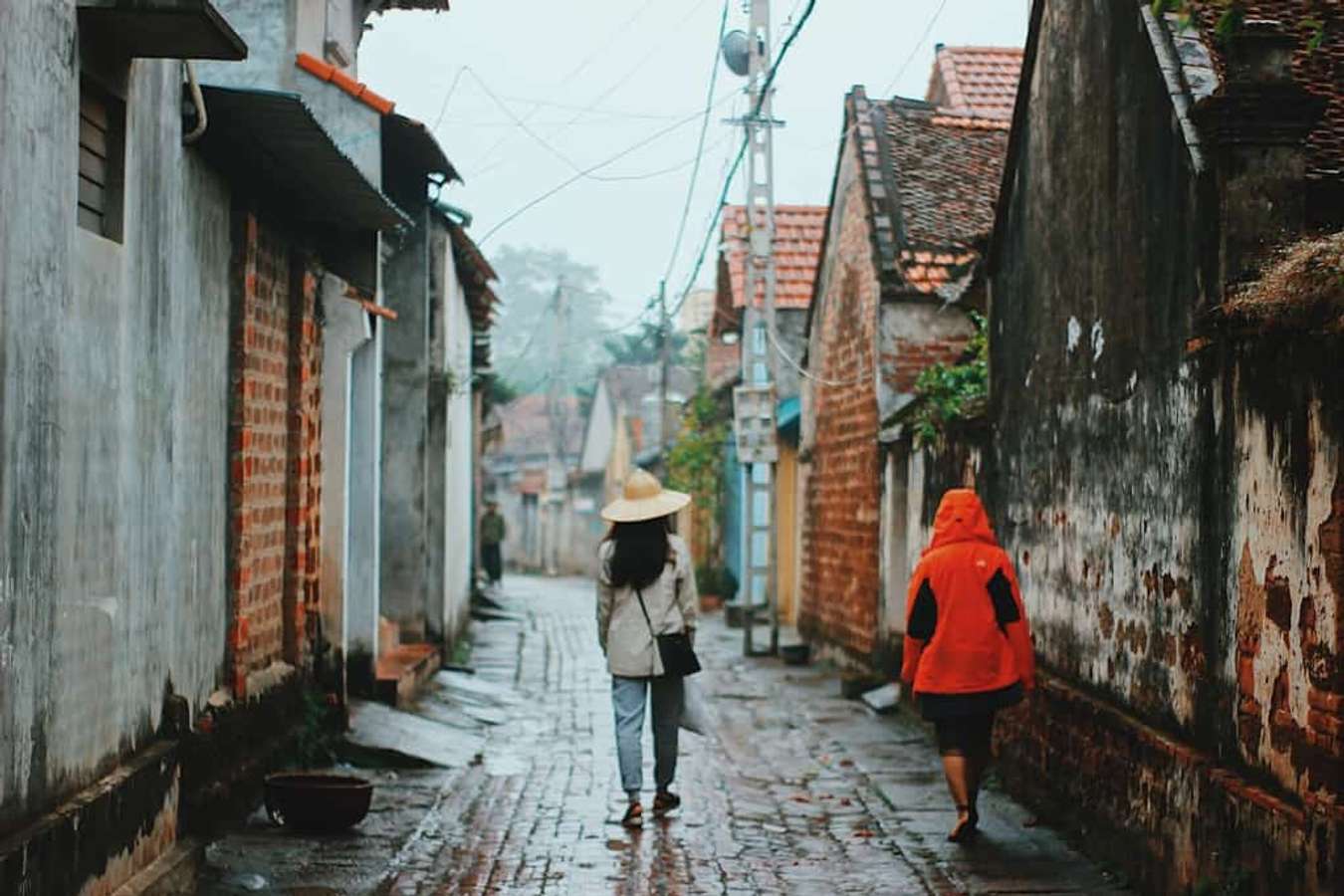
In the past, people here built houses, they dug up layers of laterite underground to build old houses like today. Stepping through the village gate, visitors will be swept away by the peaceful and ancient beauty of this place. At the foot of the road are clean brick roads, flanked by dark yellow laterite walls, making visitors feel the warmth and unique beauty that nowhere else can be found.
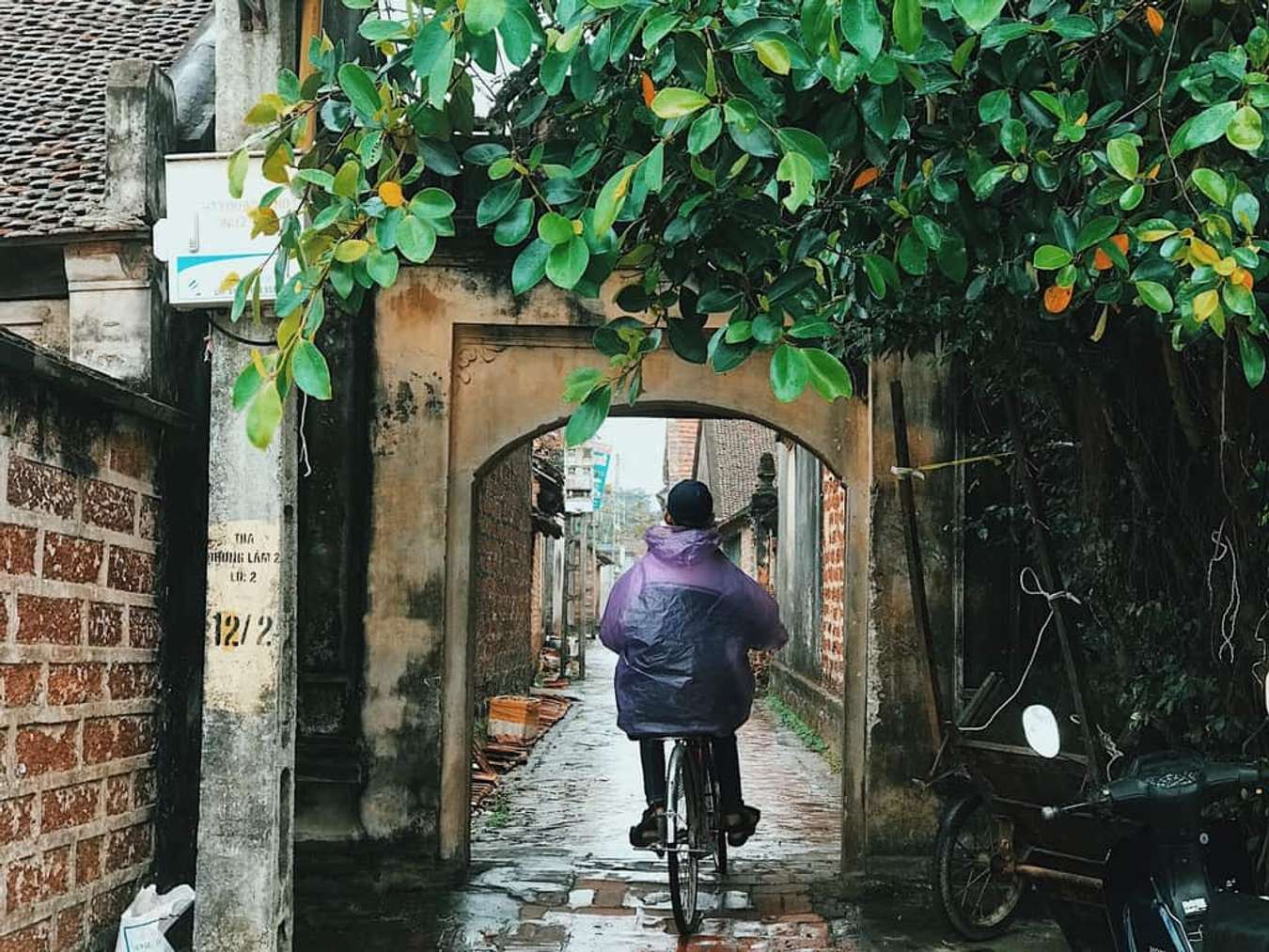
After arriving at Duong Lam village, one cannot help but mention the Mong Phu church. The narrow road leading to the church with many turns makes it difficult to find, fortunately there is a guard leading the way. The church in Mong Phu parish stands out among hundreds of ancient roofs looking down from above.
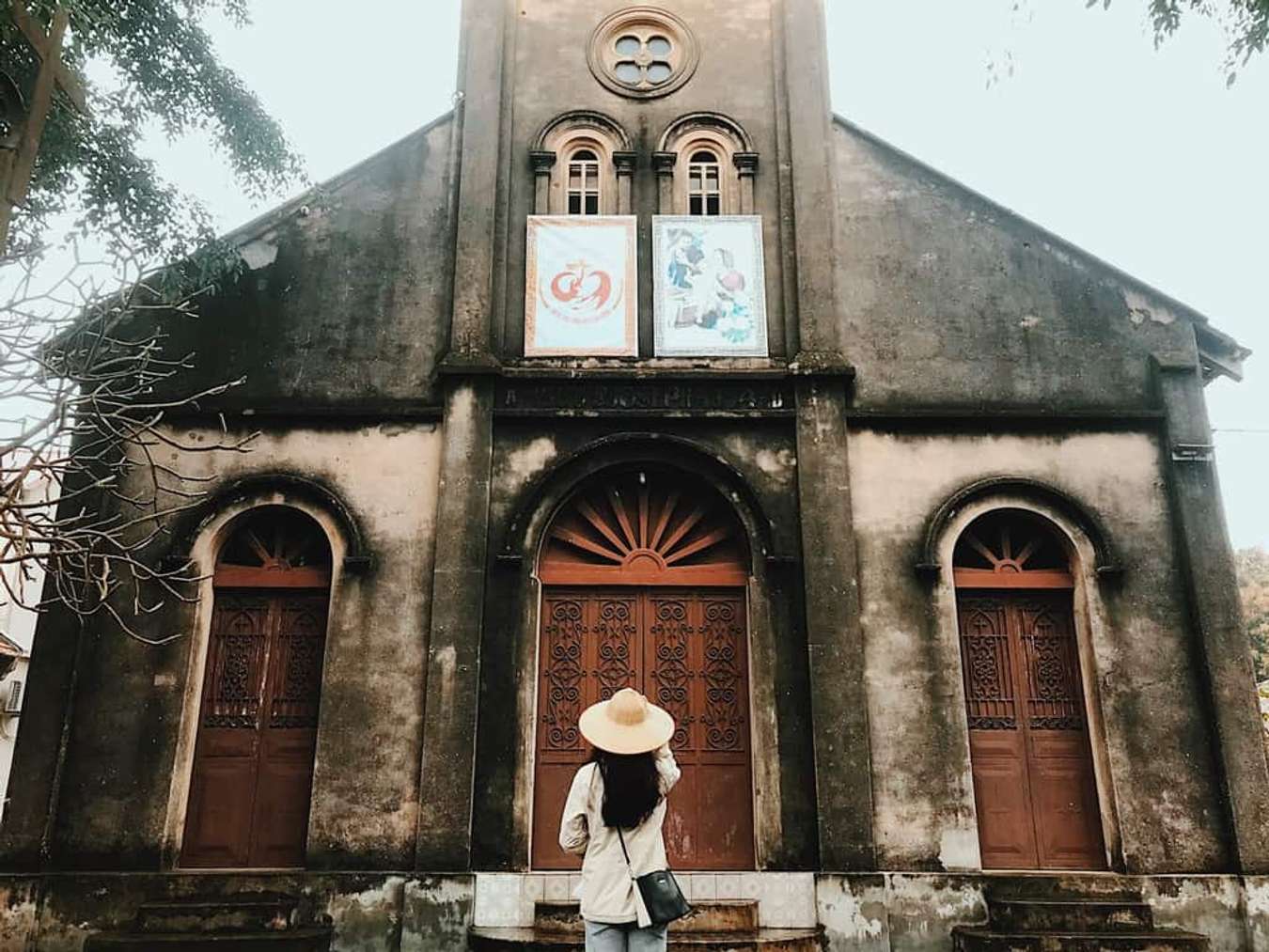
The church is newer than the pure Vietnamese old houses, the religious features cannot be compared with the ancient features of Duong Lam, but when it comes to the history of Catholicism in Vietnam, Mong Phu is indeed worthy of praise. Maybe it was Duong Lam’s neck that made this Dao family’s neck.
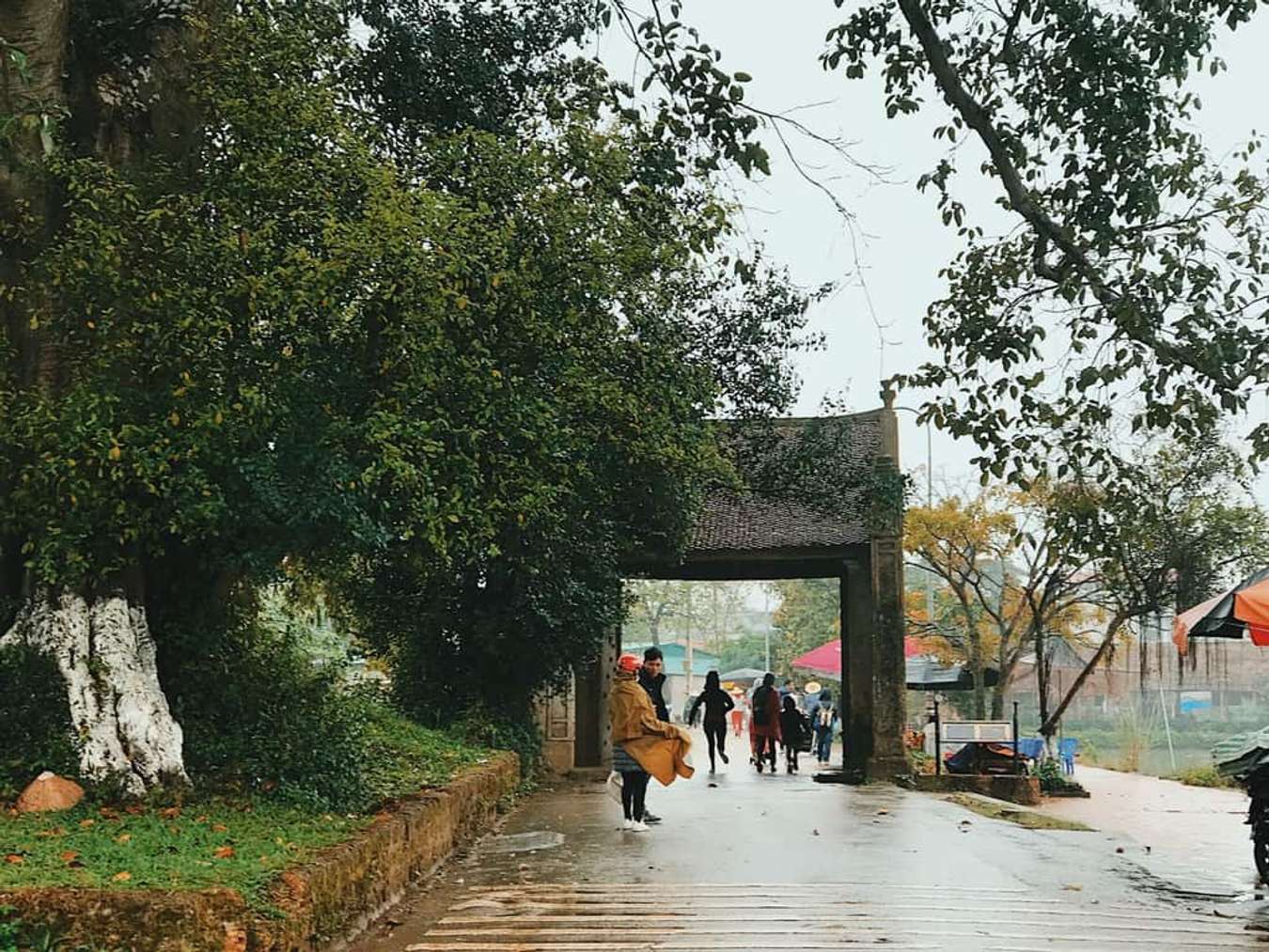
The road to the village is boldly old
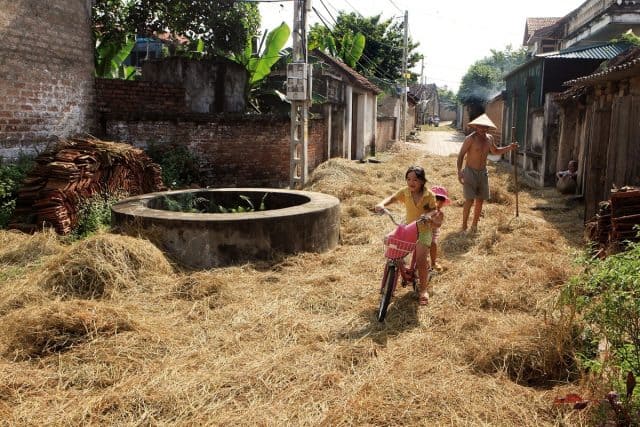
Village road in the rice harvest season
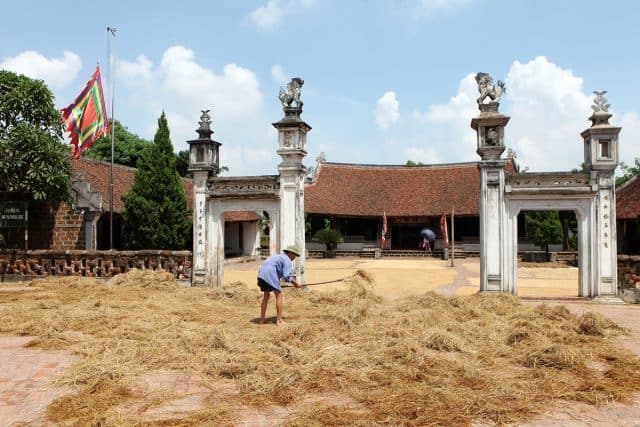
The communal house yard has the characteristics of the Northern countryside
Indispensable specialties to invite visitors, that is water and traditional Lam tea. Rainy and cold days, having a cup of hot tea and enjoying specialties right here, nothing is more wonderful.
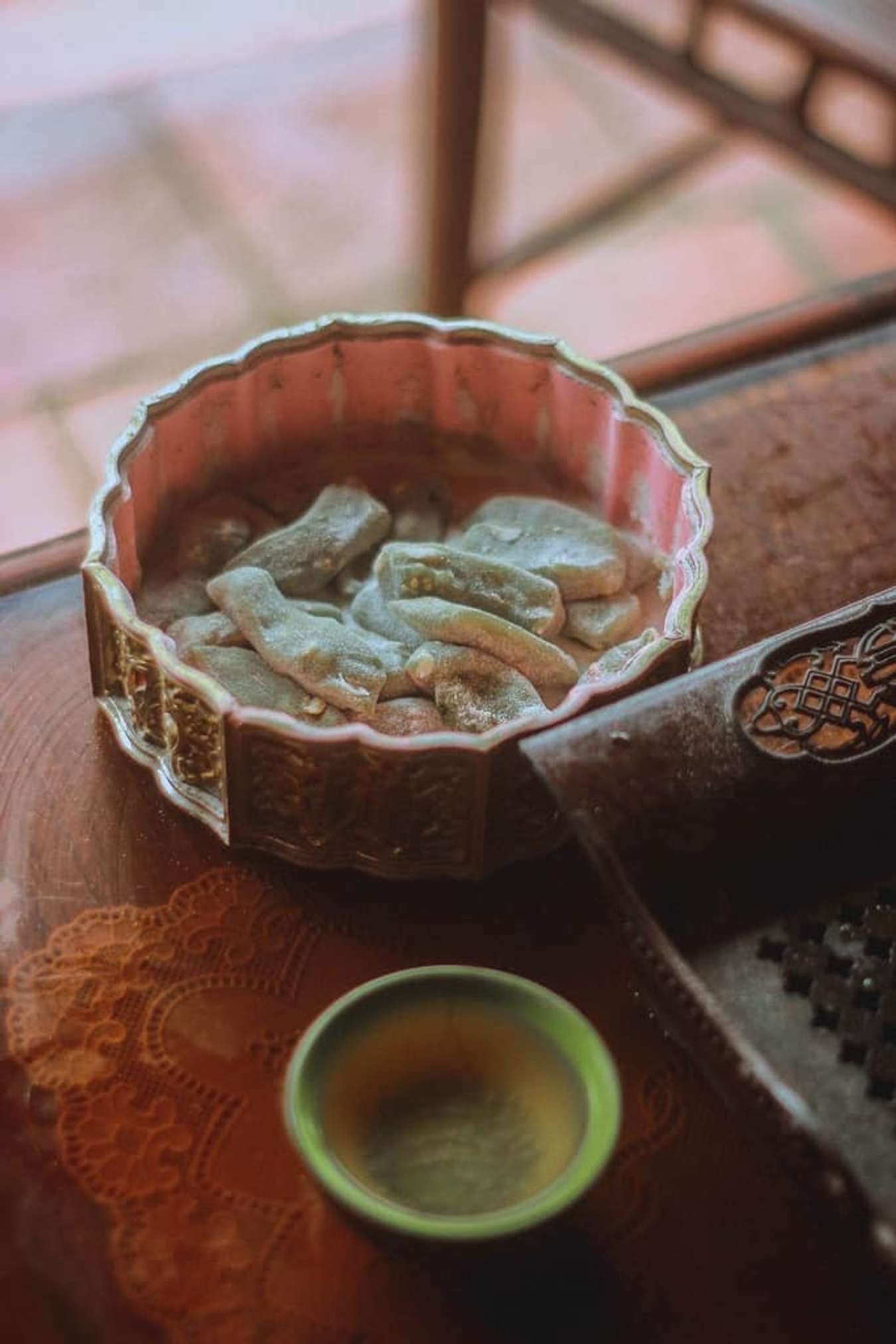
A traditional house with 3 compartments in the ancient Northern style, the altar is placed in the middle towards the door, outside the yard are flower gardens and old wine jars.
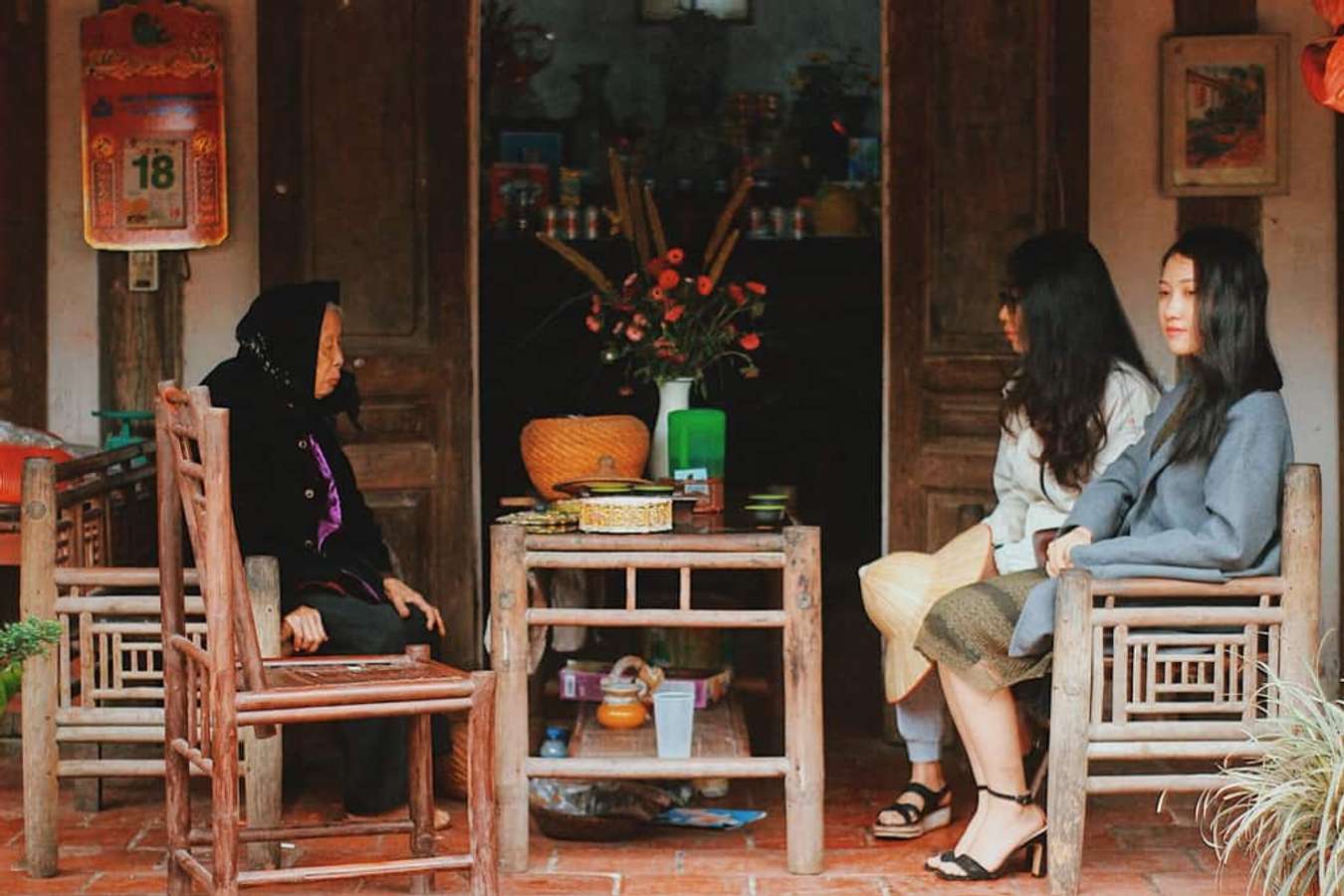
Right in the middle of the village is the Mong Phu communal house. The communal house was built 380 years ago, is 1800m2 wide, with bold Vietnamese – Muong architecture, simulating the architecture of a house on stilts with wooden floors from the ground. Inside the communal house, there are many prominent parallel sentences hanging.

It can be said that Mong Phu communal house is the quintessence of Vietnamese architecture, creating a communal house unlike any other.
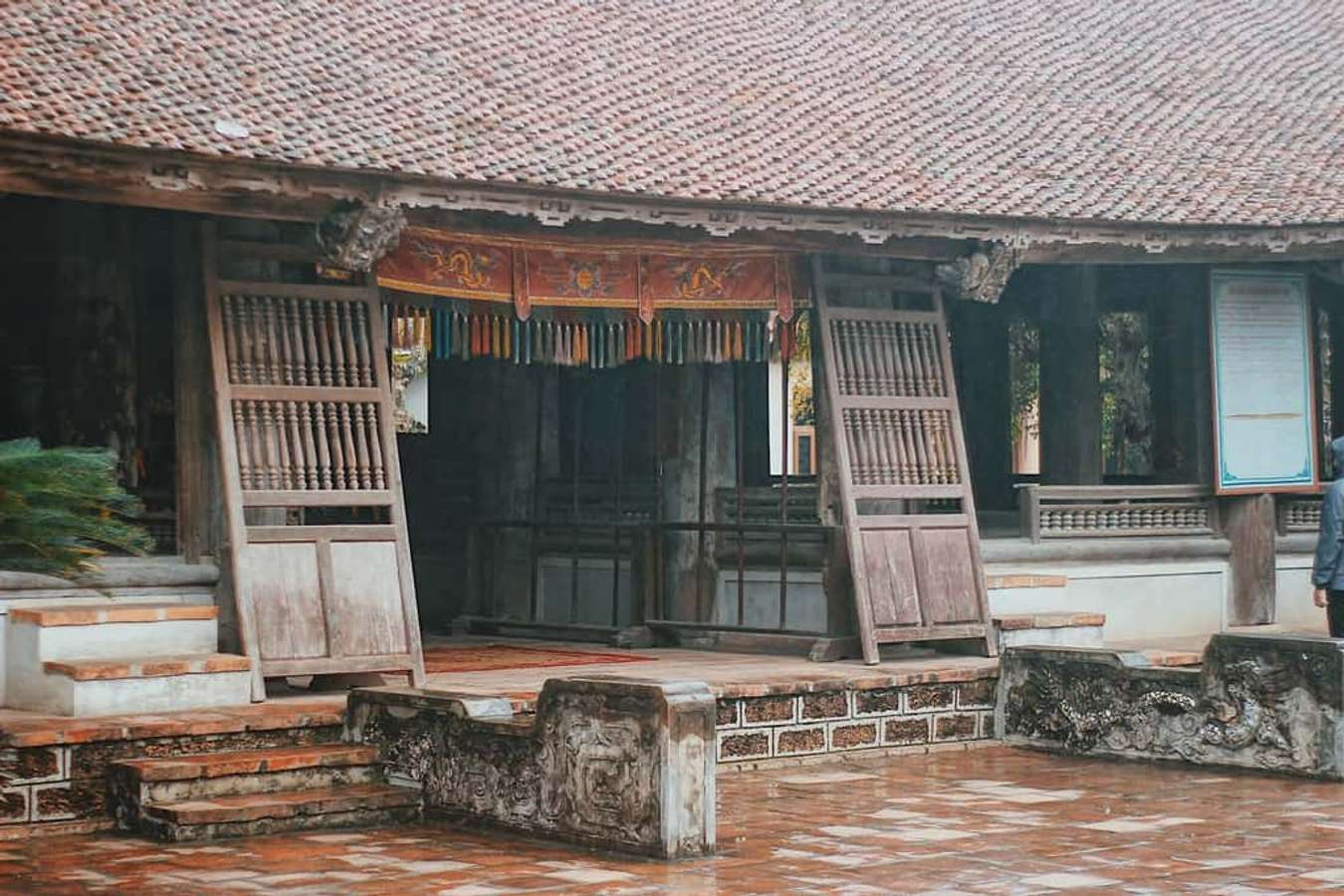
Dai Bai House
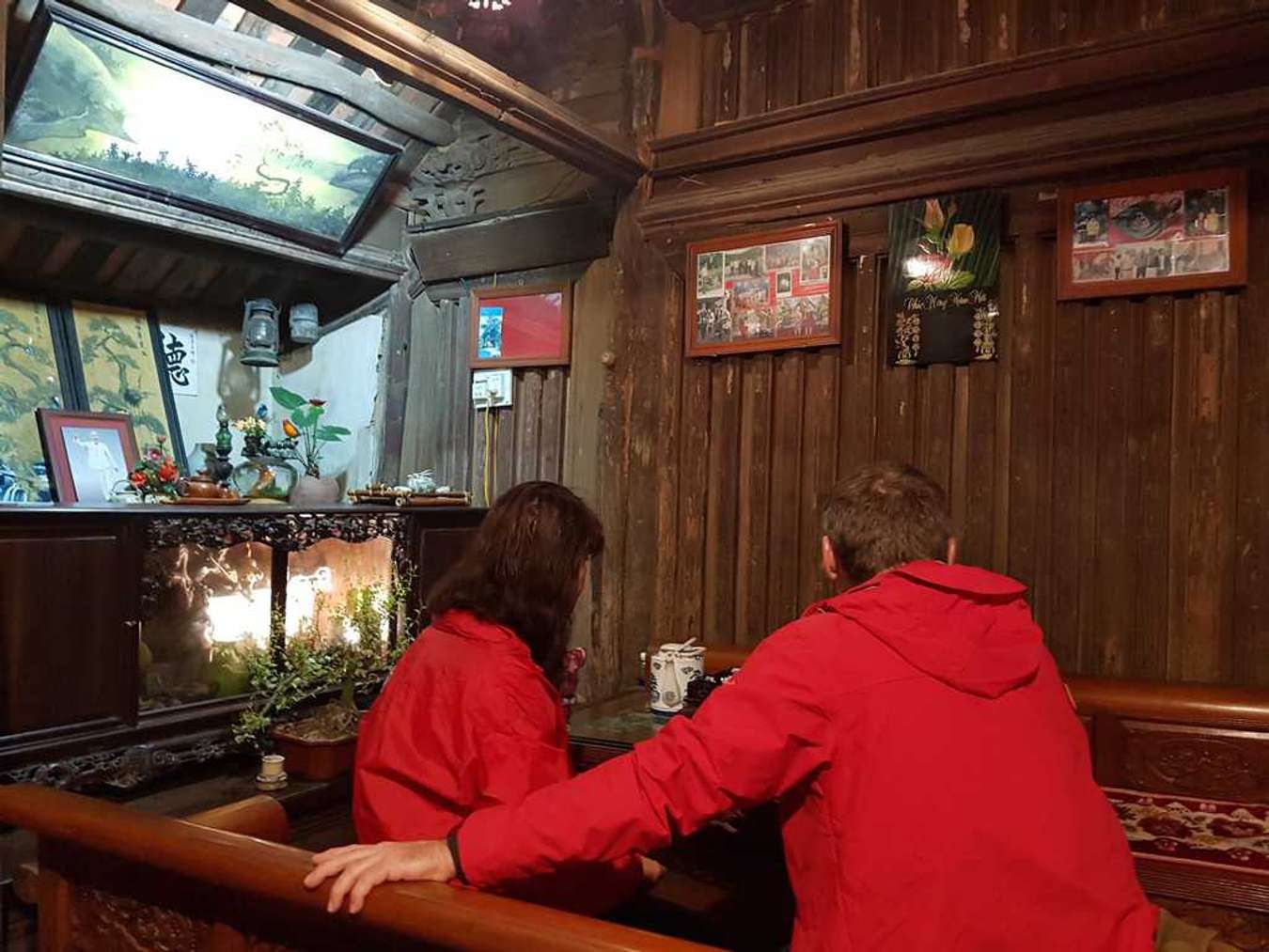
Foreign tourists are learning about the old house

Horizontal house with typical architecture

The yard is interspersed with flowers, wine jars and horizontal houses
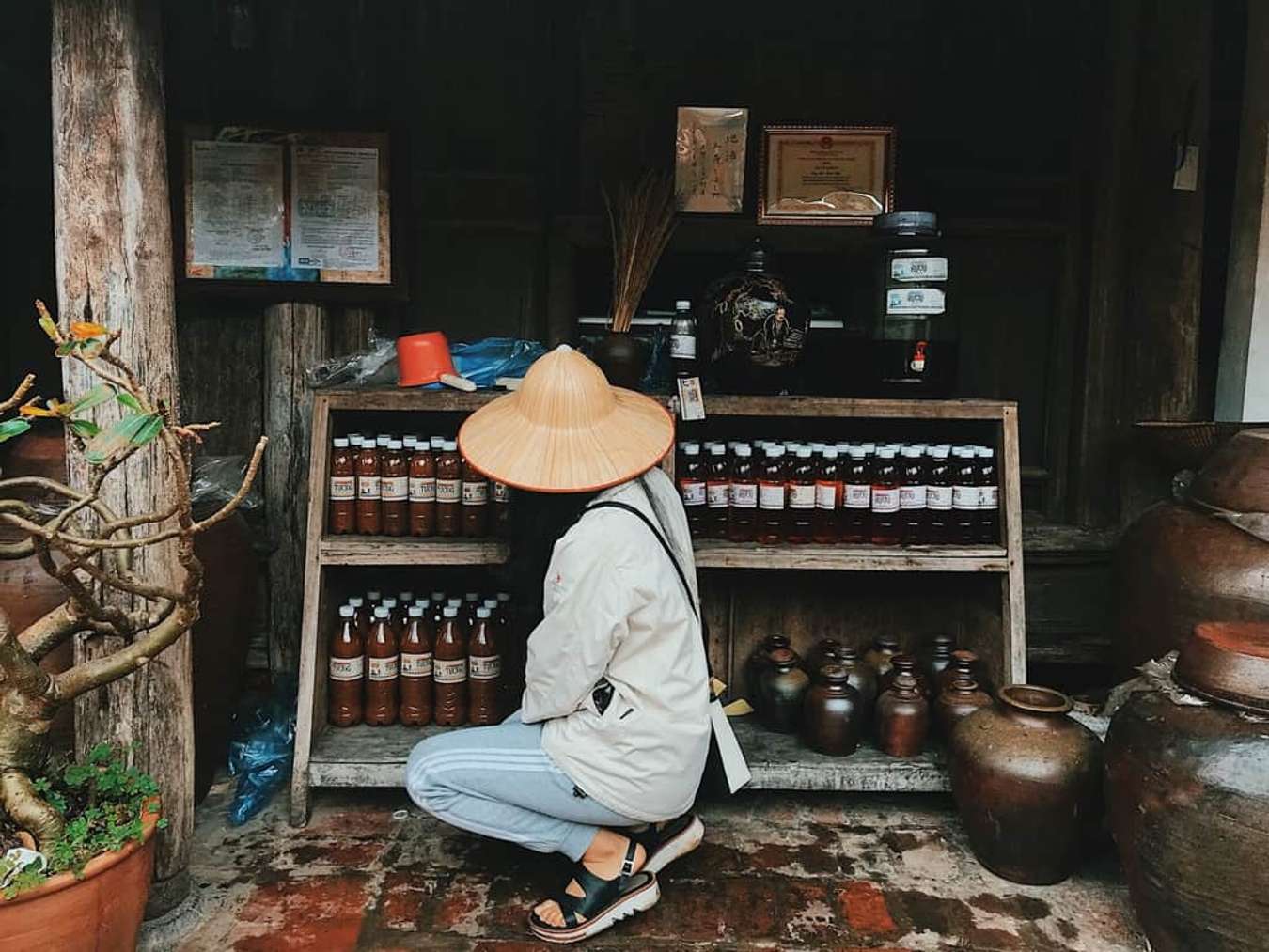
Visitors can buy soy sauce and wine as gifts
Going to Duong Lam, everywhere you can see the makers of lam tea. Here, Lam tea is sold everywhere, it is a local specialty that you can enjoy wherever you go. There are also famous peanut butter, sesame candy, gai cake or traditional cake. The taste is very aromatic and characteristic.

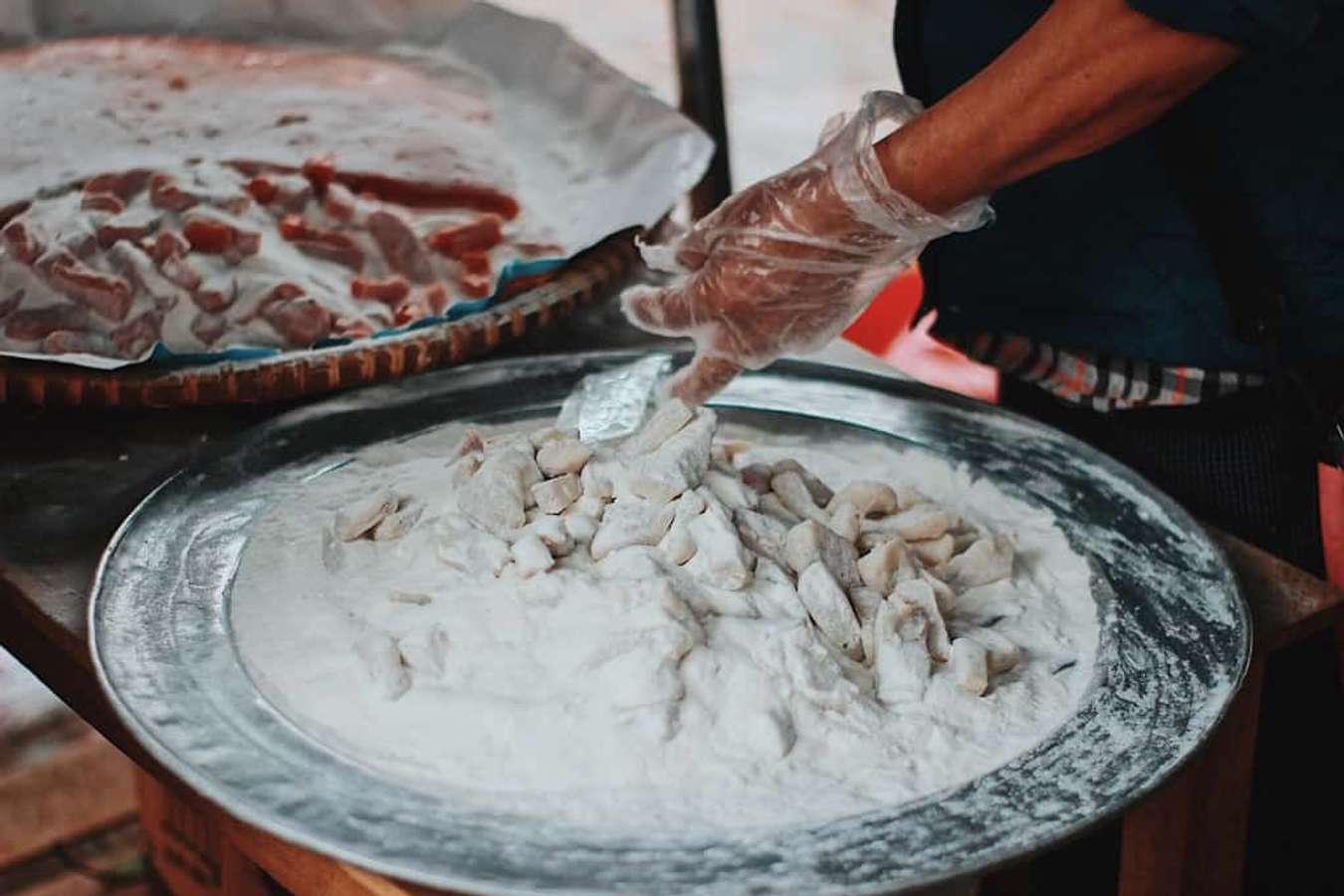
Glutinous leaf tea

The entrance to the house is bold and old
If you want to learn and discover the characteristics of the old Northern countryside, please contact Viet Huong Tourism immediately. We will help visitors satisfy their passion with a tour of Duong Lam ancient village.


Leave a Reply